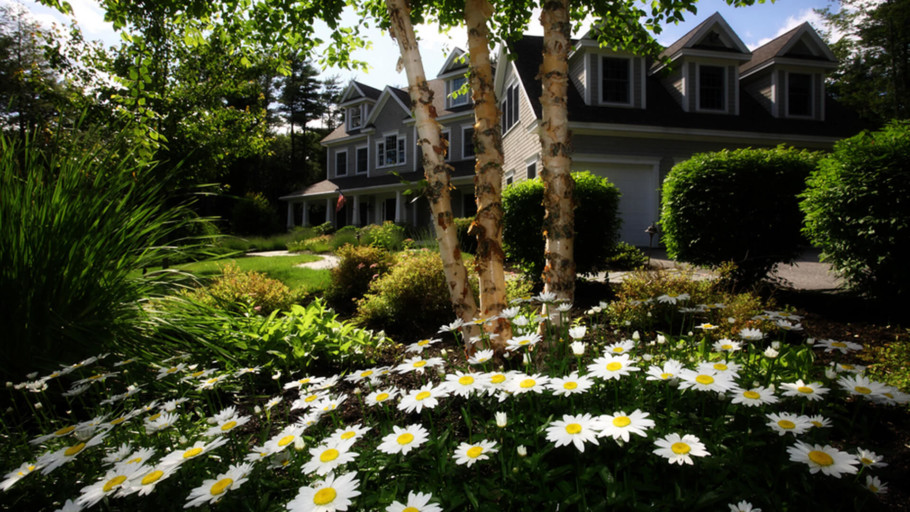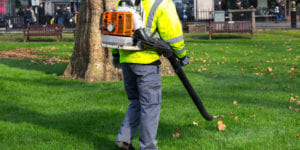13 Common DIY Mistakes People Make When Designing Their Landscapes
If you don’t have the budget for a professional landscaper, you may be considering a do-it-yourself (DIY) approach to landscape design. While taking on such a project yourself is possible, there are many common and potentially devastating mistakes you should be aware of before you begin.
Some of these mistakes are simple rookie errors, but others could lead to serious disappointment once your work has been done. Therefore, being able to recognize these pitfalls in advance and avoid them will save you much stress, time and money in the long run.
In this article, we bring you 13 of the most common mistakes made by DIY landscapers so you can ensure your project runs smoothly.
1. Not Having A Plan

One of the worst things you can do when designing your landscape is to jump in without a plan. It starts with some pretty plants here and some pots there; but before you know it, your garden has evolved into disorganized chaos that doesn’t represent what you originally envisioned. Look at it this way: If you don’t know what you’re aiming for, how will you ever achieve it?
The best thing to do is take a good look at your yard, do some research, draw up a plan, and stick to it. Sure, you might have to do a hefty amount of preparation before the fun starts, but the end result will be worth it.
2. Going Crazy with Accessories
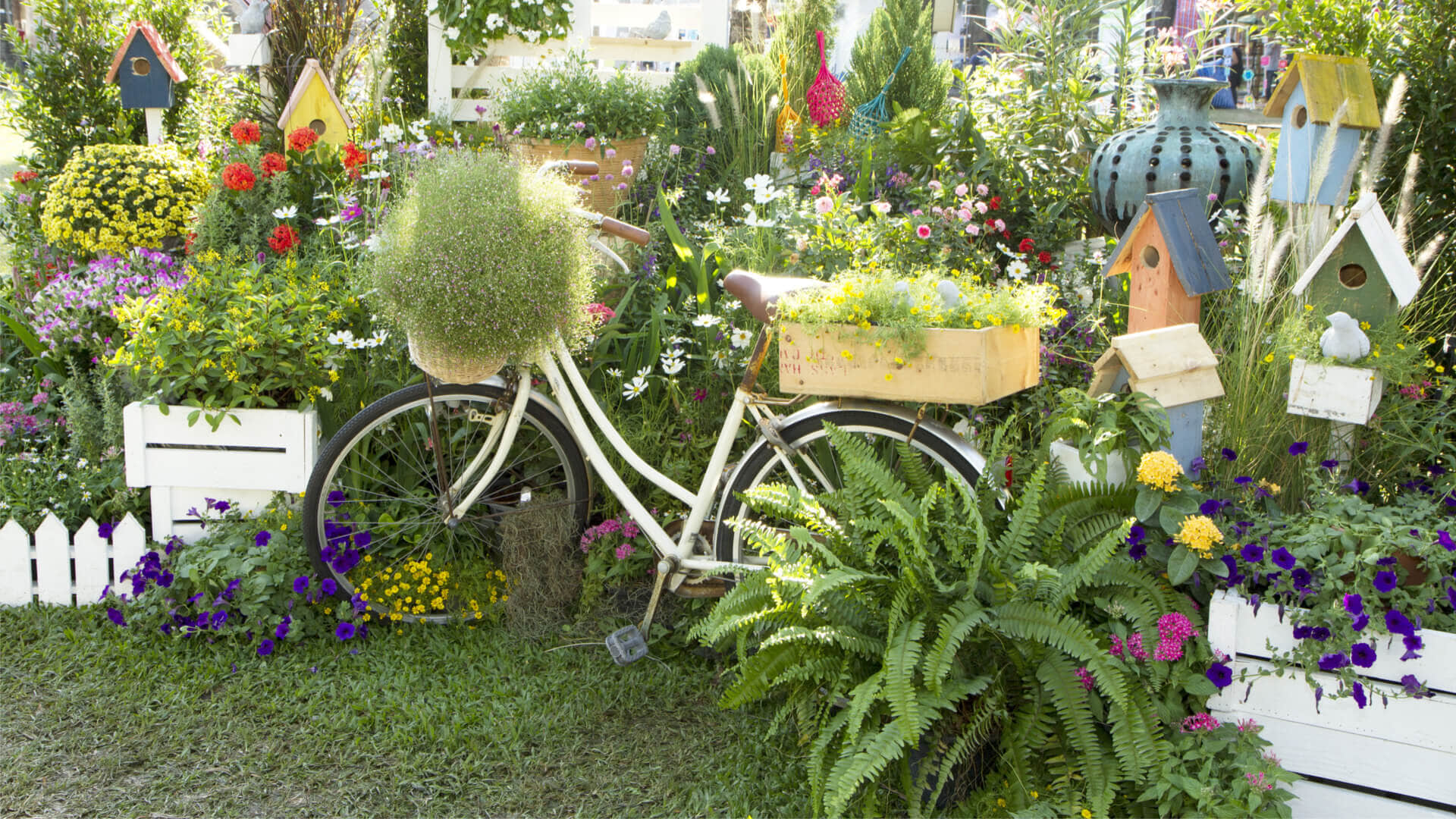
This mistake is perhaps the most common. We’ve all seen yards that are cluttered with all manner of eclectic accessories, fighting for attention among the plants. Accessories are a wonderful way to add personality to your space, but going overboard has the opposite effect. This is especially true if you have a small garden as too many decorations will stifle the design and create a distracting atmosphere.
Avoid this pitfall by revisiting your plan to decide where you’ll place accessories and where you’ll leave the foliage to speak for itself. A few unique items will enhance the landscape, but you should be strict with yourself and limit them to the areas they belong.
3. Forgetting Seasonality

It’s no great achievement to create a landscape that looks beautiful in the spring and summertime. During this period, mother nature lends you a helping hand with an explosion of greens and flowering species drawing the eye. What happens, though, when the seasons change? The fall and winter months herald a shift in botanical activity, which, if ignored, can quickly ruin the attractiveness of your landscape.
Consider the seasonality of the species you’re planting and arrange them amongst each other for a revolving cycle of color. If you’re not sure which plants are best for fall and winter vibrancy, visit your local nursery for advice.
4. Neglecting Furniture

Many DIY landscapers forget the importance of garden furniture by choosing mismatched styles or hard seating. This type of furniture appears out of place, thus leaving your design looking unfinished or asymmetrical.
When looking for outdoor furniture, pick a neutral color that doesn’t distract from the surrounding natural elements in the yard. All furniture items should blend harmoniously into the space and enable appreciation of the landscape without becoming the focal point.
It is also important to think about comfort as well as durability when shopping. If your weather-resistant outdoor seating gives you a bad back after an hour, you’re unlikely to spend much time sitting on it.
5. Overdoing the Plant Pots

Plant pots are a wonderful way to add character to your outdoor space, but only if used in moderation. Much like accessories, too many pots can overwhelm the landscape and give the impression you’re living in a plant nursery.
Instead of cluttering your yard with a plethora of pots, choose identical or similar styles and group them together in small clusters. Pick flowers in complementary colors to create an organized feel that exudes calm.
6. Forcing a Lawn
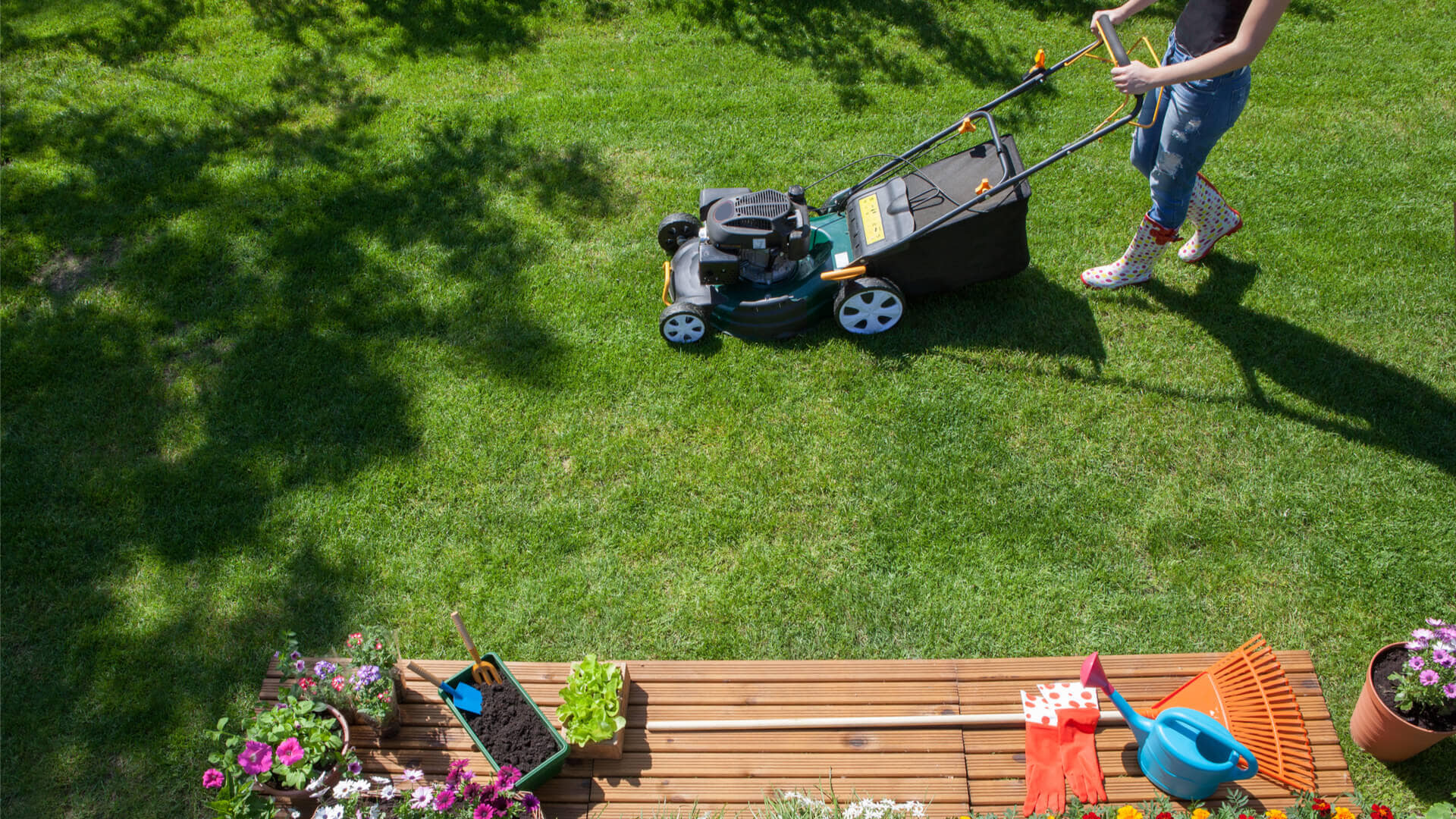
As ubiquitous as they are, you don’t have to include a lawn in every landscape. In fact, forcing a grassy area into your design for the sheer sake of it will take up space better used in other ways. This is especially true if you have a small area with which to work.
Not only are lawns unnecessary, they also require a lot of upkeep. They’ll need to be mowed regularly and treated seasonally to keep them looking attractive. Therefore, unless you really want a lawn to play sports or entertain the kids, don’t assume that you must include one to create an impressive landscape.
7. Keeping Garden Tools Out of Easy Reach
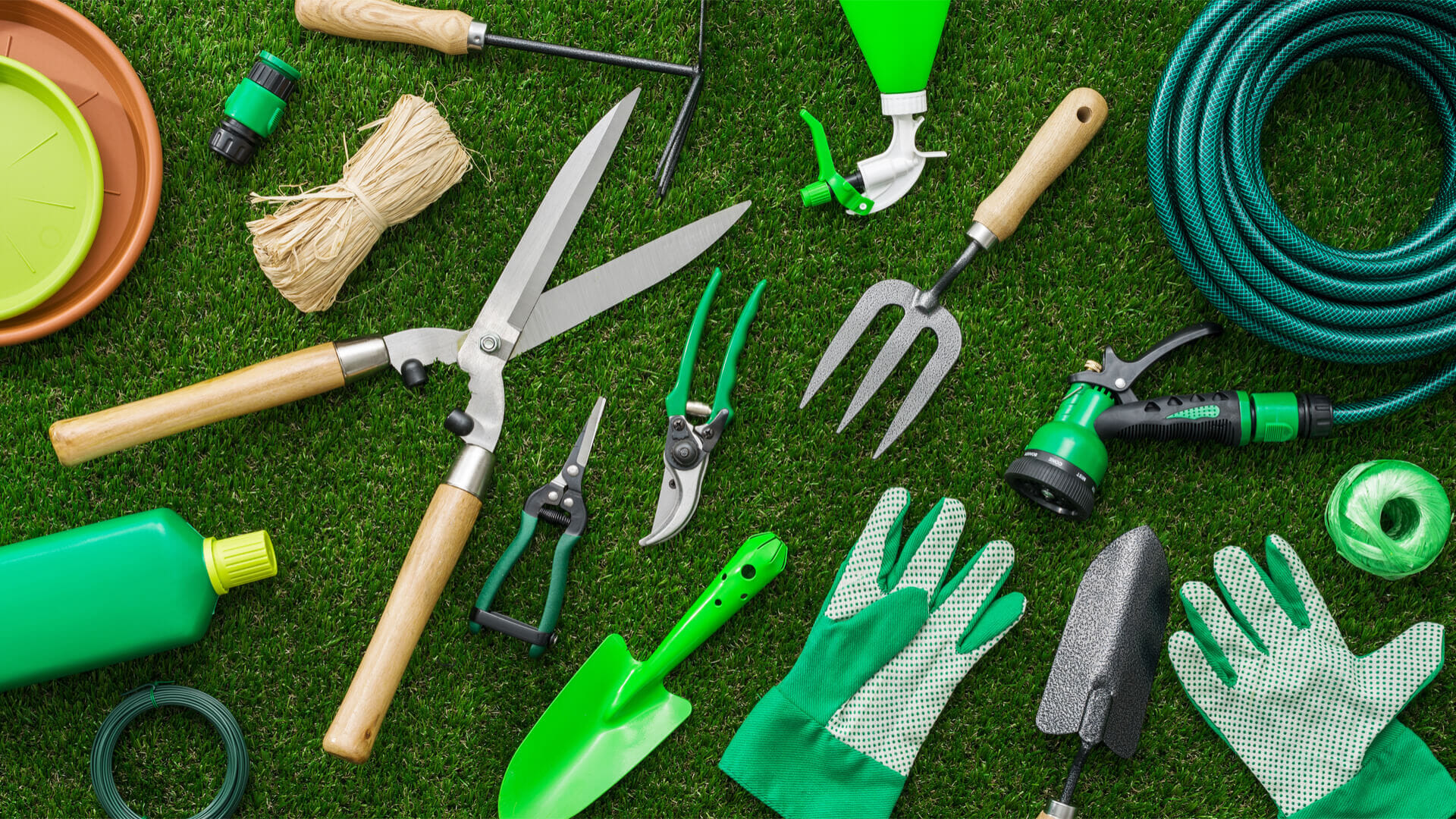
If you want to make the most of your landscaping for years to come, you’ll need to keep on top of the maintenance. Natural spaces are dynamic and constantly adapting to the weather, seasons, and surroundings. Your yard will look beautifully put together once you’ve finished your design, but it won’t stay that way without ongoing work.
A common design mistake is forgetting to make space for garden tools, so that they’re within easy reach when required. It’s all very well having the motivation to do yard work, but if you can’t find your equipment, nothing will get done. Therefore, when designing your landscape, remember to allocate space for a small shed or storage box to keep all your tools.
8. Mixing the Wrong Plants & Flowers
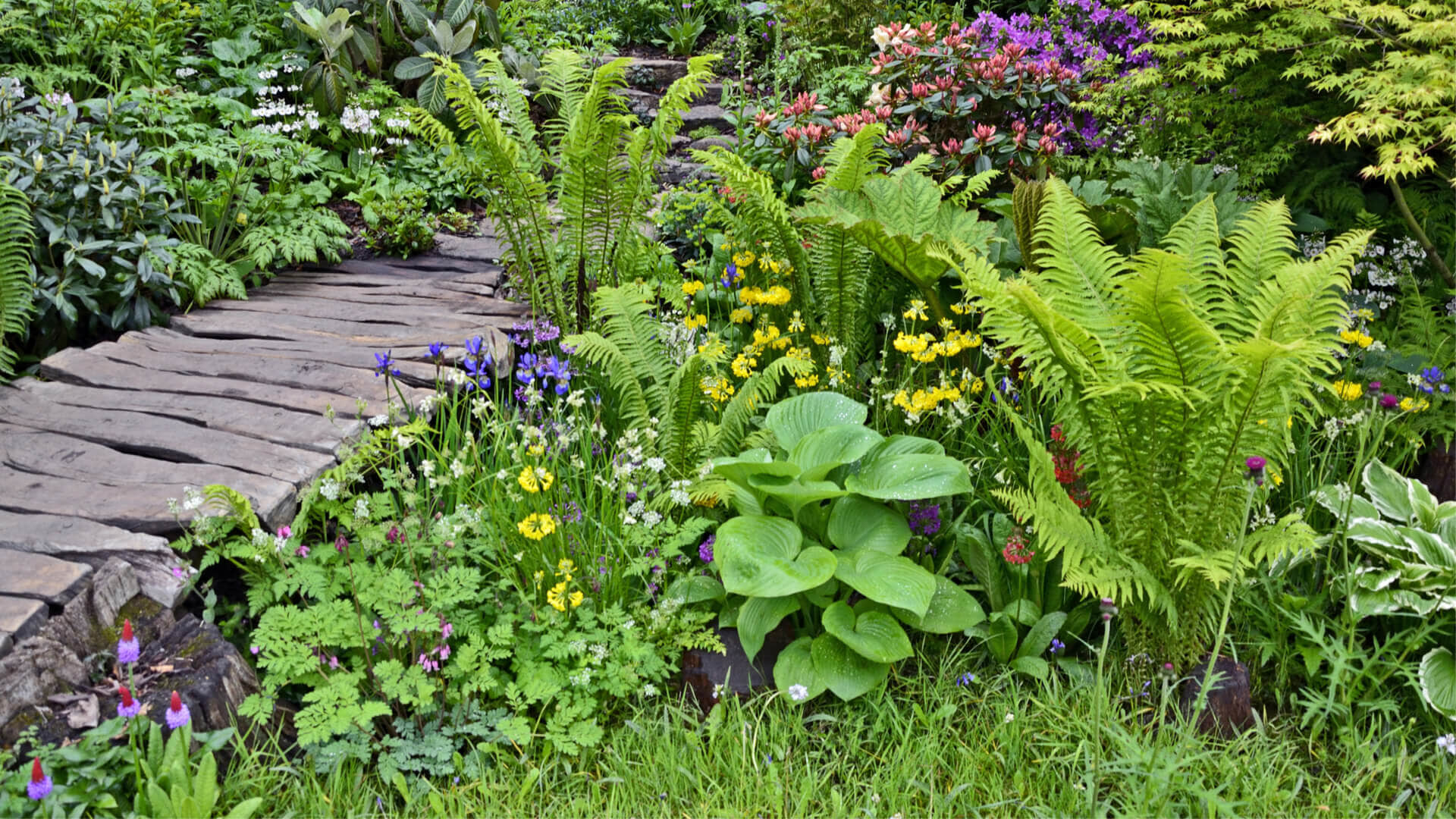
Picking a compatible selection of plants for all-seasons is one thing, but if you place them in the wrong conditions, they won’t last very long. This mistake is an easy one for inexperienced landscapers to make. Many people assume that all a plant needs is sunlight, water and soil, but some species are particularly picky and will die if the environment isn’t correct. Always do your research before planting to ensure you’re placing each species in the best conditions for them to flourish.
Perhaps the most common mistake is planting without considering how tall the species will become when it has matured. It may look lovely to begin with, but before you know it, this plant has outgrown its location and started to interfere with its surroundings. Nearby plants could become threatened by its shadow, or it could block the view from your window.
9. Growing Plants Where They’ll Struggle
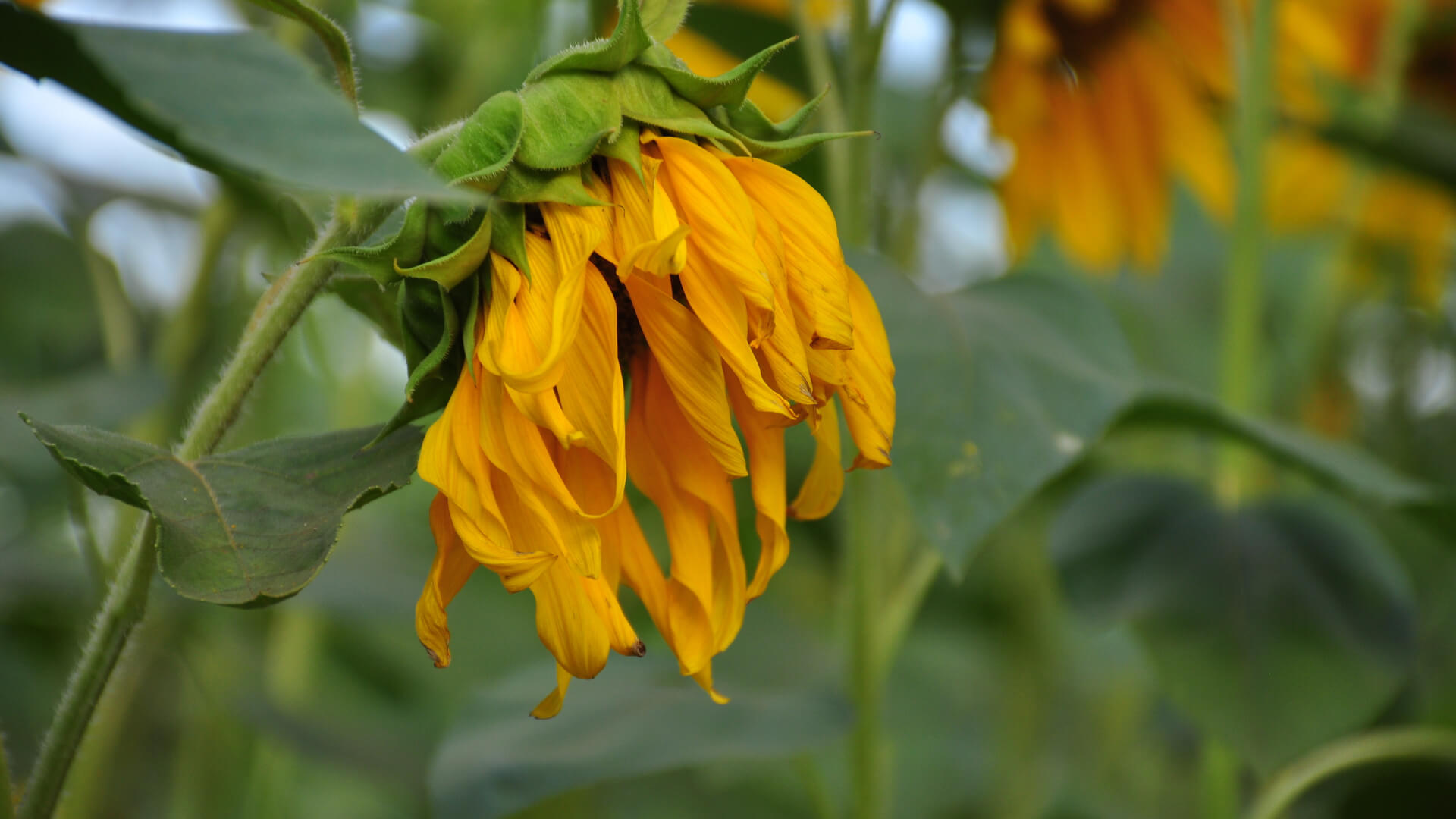
Picking a compatible selection of plants for all-seasons is one thing, but if you place them in the wrong conditions, they won’t last very long. This mistake is an easy one for inexperienced landscapers to make. Many people assume that all a plant needs is sunlight, water and soil, but some species are particularly picky and will die if the environment isn’t correct. Always do your research before planting to ensure you’re placing each species in the best conditions for them to flourish.
Perhaps the most common mistake is planting without considering how tall the species will become when it has matured. It may look lovely to begin with, but before you know it, this plant has outgrown its location and started to interfere with its surroundings. Nearby plants could become threatened by its shadow, or it could block the view from your window.
10. Not Considering The Indoor View
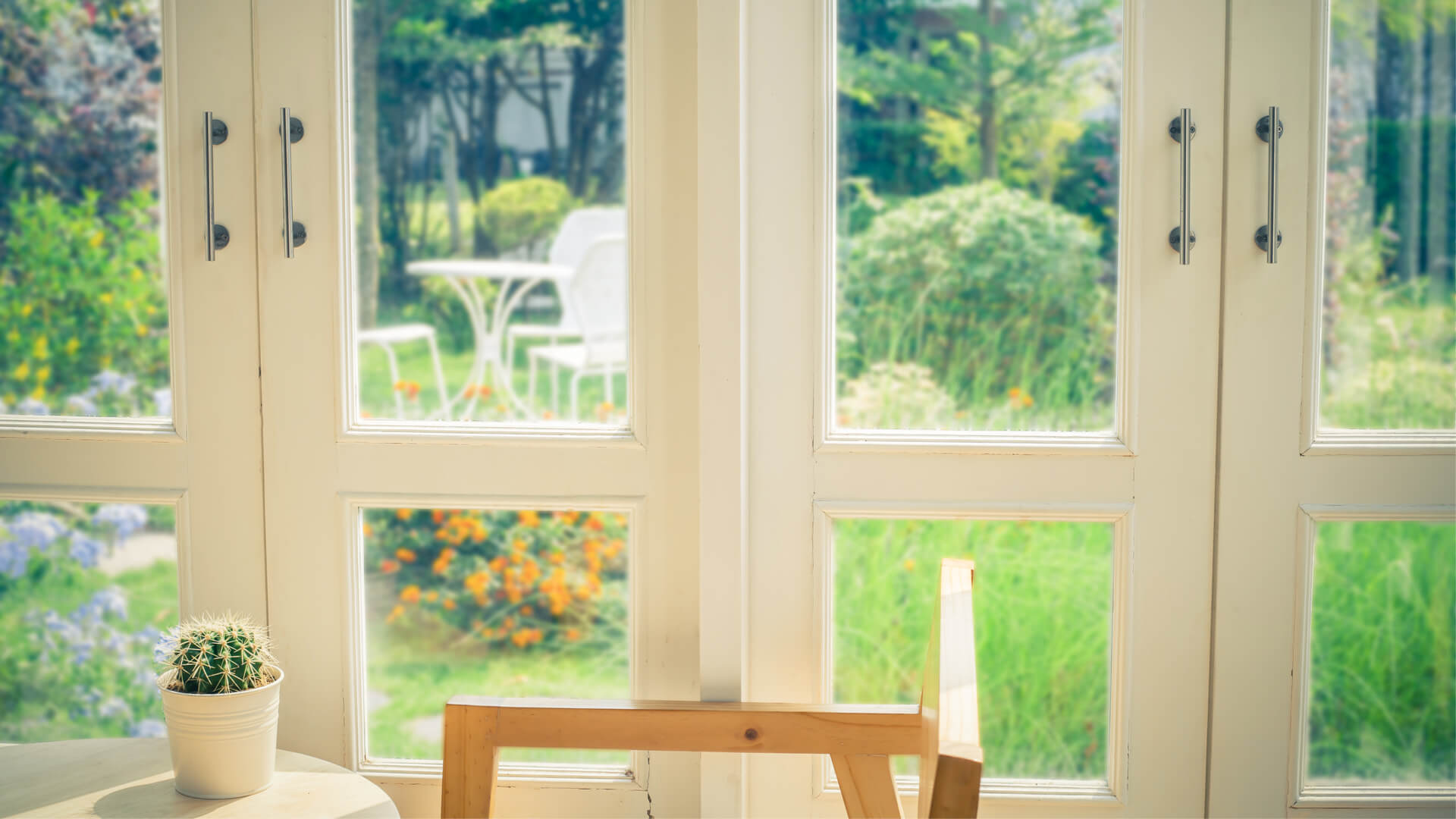
When designing your landscape, don’t neglect the chance to create a space that will look enjoyable from within your home, too. It’s easy to get caught up working with your outside space, only to regret it later when the view from your window doesn’t do your work justice. Windows represent an opportunity to ‘frame’ your landscape from the indoors. After all, the weather won’t always allow you to be outside amongst your flowers.
It’s best to consider the view from inside as part of your initial planning. Ideally, you want to place focal points and key elements in areas where they’ll draw the eye from inside. Before you plant anything in the earth, arrange plant pots where you think they’ll be most enjoyed and check the view from your home. If everything looks great, then go ahead and plant them!
11. Disrupting The Symmetry
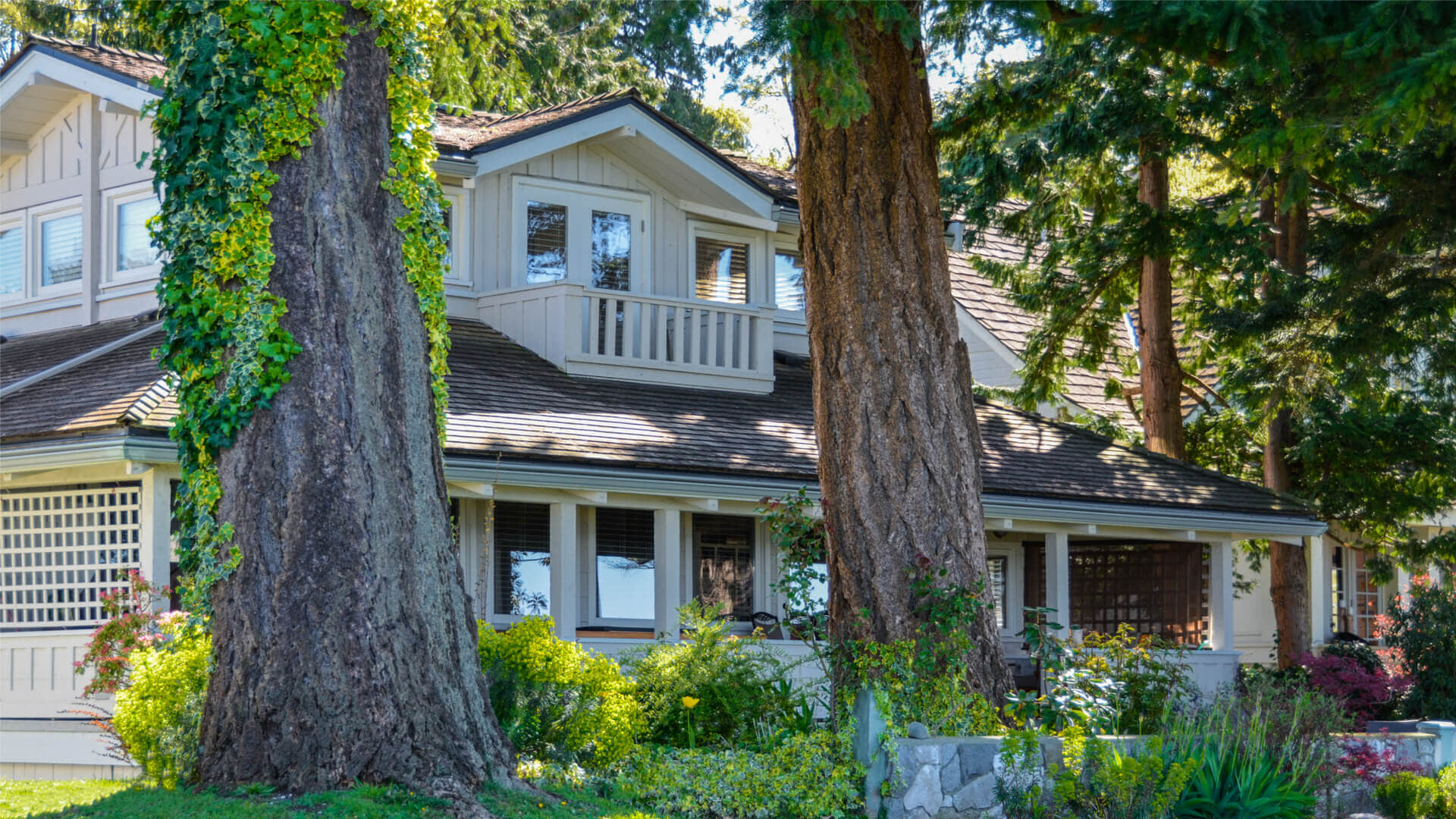
For an elegant landscape, symmetry is key. Therefore, you should pay extra attention to the lay of the land and how it relates to your home when planning your design.
A common mistake is planting pairs of trees or large shrubs at the front of your home, in places that break from the lines of the building. Sometimes this is the result of inadequate pruning and maintenance, but more often it’s due to incorrect placement at the outset. For example, if your plant a tree on either side of your entrance, but slightly asymmetrically, this will throw your entire aesthetics off balance.
You should also consider the amount of sunlight each member of a pair will receive. Of course, if one has more favorable conditions, it will grow at a faster rate and become out of alignment with its counterpart.
12. Not Considering Hedge Placement & Maintenance

Hedges can make wonderful and functional additions to your landscape, but they can also present an ongoing maintenance headache if they’re not used correctly. If you include hedges, you must commit to regularly trimming them to ensure they don’t grow out of control and take over the space.
Where you decide to put hedges is also a key consideration. In general, hedges are best used as subtle privacy screens or natural dividers. If you place them near to large trees, there’s the possibility that seeds will fall into the hedge and down to the ground – creating a difficult situation once they begin to grow.
13. Overlooking The Importance of Lighting

It may seem obvious, but many homeowners completely overlook lighting when designing their landscapes. The end result is a space which looks wonderful during daylight hours, but completely disappears into inky blackness once night falls.
If you’re going to put so much effort into designing a beautiful landscape, you should be able to enjoy it both day and night. But this requires you to be smart about where you place your lighting. If done right, the correct lighting can completely transform your space, creating a magical and cozy atmosphere when the sun goes down.
Leave the brighter lights for a stand out feature or centerpiece of which you’re particularly proud. For the rest of the landscape, strategically place pretty lanterns or fairy lights among the trees and flowerbeds to illuminate your design. In terms of color, warm-toned yellow bulbs are best, as blue-toned or bright white lights tend to give a harsh appearance.
Final Thoughts
Designing a landscape yourself can be an intimidating task, especially if you have no previous experience. Many people successfully design their own beautiful landscapes without professional help, however, so you simply need to invest time into planning your project first.
As we have seen, there are many pitfalls that DIY landscapers can easily fall into if not properly prepared. Hopefully, after reading this article, you’ll be able to avoid them and make your dream DIY landscaping project come true.

